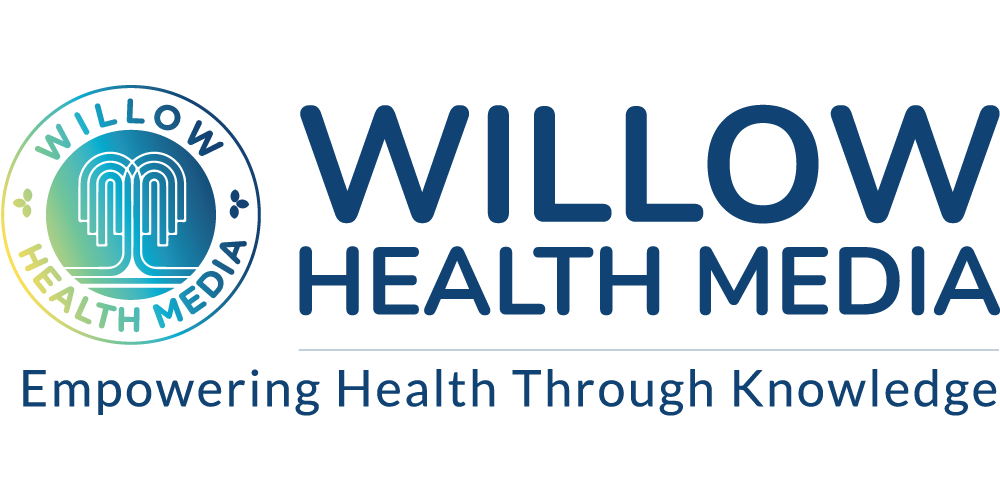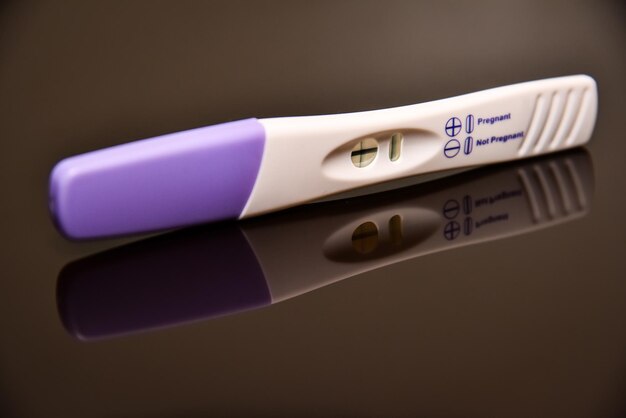Red flags include; severe nausea, excessive vomiting, vaginal bleeding with passage of grape-like tissue, rapid abdominal growth and extremely high blood pressure

A smile lit up on Winnie’s 29-year-old face as she walked into my consultation room. She was clutching her positive pregnancy test, thinking her prayers had finally been answered. She had lost hope of carrying a healthy pregnancy after losing her second one to a molar pregnancy- which is a rare condition in which abnormal cells grow inside the uterus instead of a baby.
It results from errors during fertilization and occurs in two forms namely: complete and partial molar pregnancy. The former happens when an empty egg is fertilized by a sperm while the latter happens when two sperm fertilise the same egg. Partial molar pregnancies are notably less common than complete molar pregnancies.
These occurrences are random not triggered by any specific factor.
In both cases, the rapidly growing abnormal cells produce excessive levels of human chorionic gonadotropin (hCG) – the hormone that a pregnancy test detects. In the event the molar pregnancy cells are not completely removed through surgery, it can progress into a rare but aggressive cancer known as gestational choriocarcinoma (GC). Gestational choriocarcinoma also produces hCG hormones in excess, thus leading to a false positive pregnancy result. This can obscure the reality of a dangerous condition requiring urgent medical intervention. The cancer spreads quickly to other organs, such as the lungs. This highlights the critical need for early detection and treatment.
As you can see, what seemed like joyous news for Winnie took a tragic twist, a stark reminder that a positive pregnancy test does not always confirm a pregnancy. In rare cases, it can be a warning sign of a serious condition like cancer.
There exists scanty information about the prevalence of GC and molar pregnancies in Kenya. Clinical data indicate that 50% of GC cases arise from molar pregnancies, 25% from normal pregnancies, and the remaining 25% from ectopic pregnancies.
While some symptoms of molar pregnancy mimic those of a normal pregnancy, others serve as red flags:
Severe nausea and vomiting beyond the usual, vaginal bleeding with passage of grape-like tissue, rapid abdominal growth that doesn’t align with the pregnancy timeline, and extremely high blood pressure.
In Winnie’s case, her first molar pregnancy was complicated by persistent vomiting, and abnormal ultrasound findings, and required immediate surgical intervention. However, just three months later, another positive pregnancy test masked a diagnosis of gestational choriocarcinoma.
Molar pregnancies can happen to women at any age, as they occur randomly. However, extreme maternal ages -both younger and old- are associated with a higher risk. While medical literature varies on the ideal childbearing age, most studies suggest the safest age is between 20 and 35 years. Women at reproductive extremes should exercise caution and seek closer monitoring during pregnancy.
Why Early Antenatal Care (ANC) is Crucial
Winnie’s experience underscores the importance of early antenatal visits, which can:
- Detect abnormalities such as molar pregnancies through pelvic ultrasounds and blood
- Enable timely treatment, reducing the risk of complications like gestational choriocarcinoma.
Vitamin A and pregnancy: A Double-Edged Sword
Vitamin A plays a vital role in pregnancy, but excessive intake can be harmful. High doses can lead to severe fetal malformations, including cleft palate, deformed limbs, and absent or deformed ears.
However, some studies suggest that moderate Vitamin A may prevent molar pregnancy from progressing to cancer. It has been shown to enhance chemotherapy effectiveness in treating low-risk gestational trophoblastic neoplasia (GTN) by promoting trophoblastic cell regression and reducing human chorionic gonadotropin hormone levels.
Women planning for pregnancy, currently pregnant, and breastfeeding women should be cautious with vitamin A supplements. Excessive amounts can be transferred to infants through breast milk, potentially causing nausea, vomiting, and liver damage in severe cases. Instead of supplements, they should focus on a balanced diet rich in natural sources of vitamin A, such as sweet potatoes, carrots, and leafy greens.
The bottom line is, Winnie’s experience illustrates the complexity of reproductive health and the importance of vigilance. Here is what every woman should take to heart:
- While a positive pregnancy test is exciting and apprehending. It is not a guarantee of healthy pregnancy – further tests like ultrasounds and blood hCG levels are essential.
- The lowest-risk pregnancy age is between the early 20s and mid-30s. Women at extreme reproductive ages should undergo close monitoring.
- Excess vitamin A should be avoided during pregnancy and breastfeeding, with natural dietary sources preferred.
- Early antenatal care visits are crucial for detecting complications before they become life-threatening.
By applying these lessons, we can ensure healthier pregnancies, reduce complications, and save lives. For women like Winnie, who faced the harsh reality of cancer following a pregnancy, timely medical care made all the difference.
Your health is your greatest priority- don’t delay seeking medical attention.
Dr. Rachel Kerubo is the Resident Medical Officer – Department of Internal Medicine, Nyamira County Referral Hospital





















